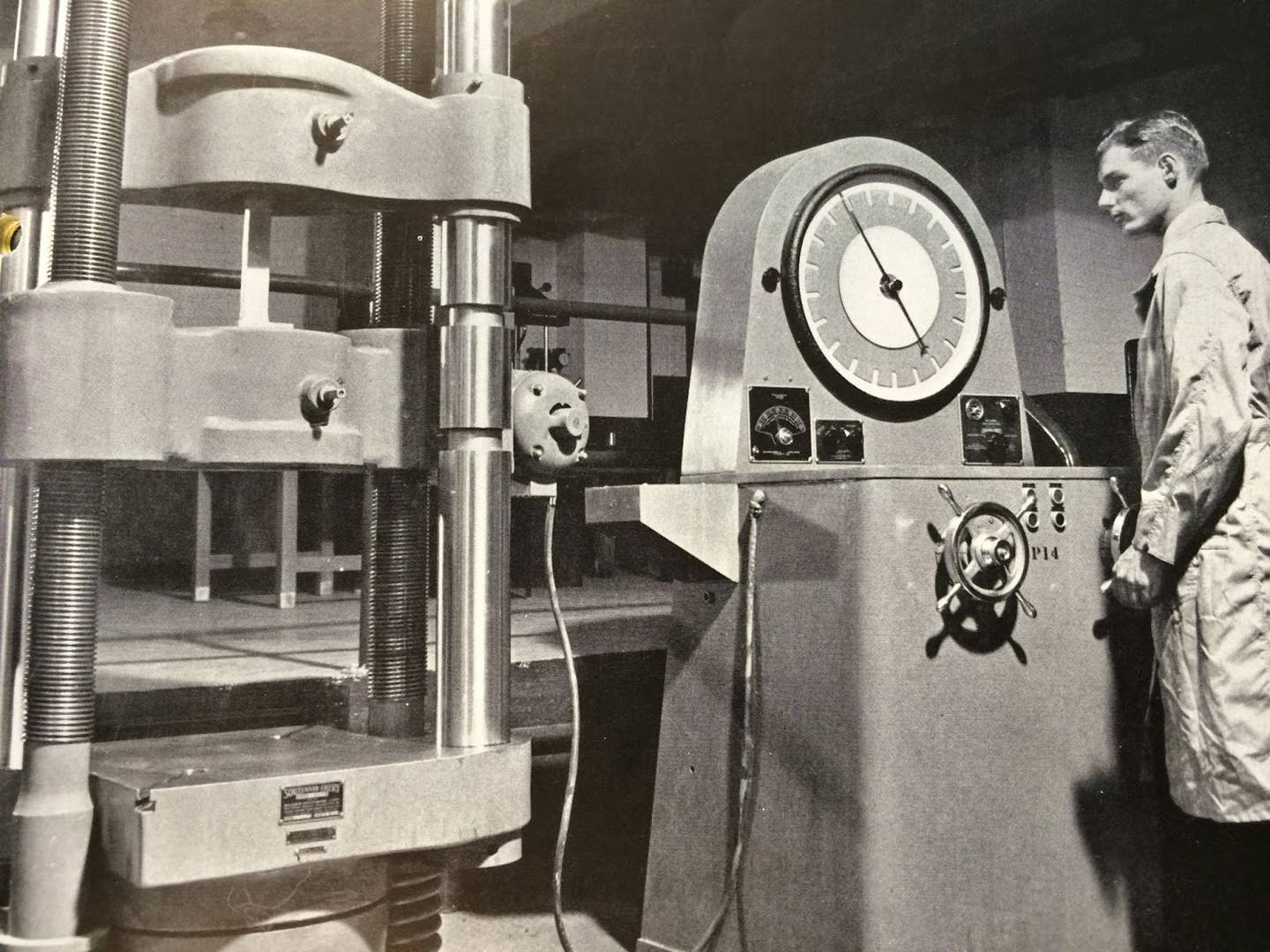
The same test method is still used in major metals tensile testing standards today, e.g. ISO 6892-1 & ASTM E8. When using a modern test system with electronic controllers, the test setup needs to be slightly different. If the control mode for calculating proof stress is set as "tensile stress" (or similar), the machine will try to continually increase the stress at the rate you requested. During yielding, this can result in the crosshead speed increasing exponentially, resulting in far higher strain rates. When testing strain rate sensitive materials, this can lead to large proof stress discrepancies.
To overcome this, testing systems are set up so that the first stage of a test is in stress control. Once the correct rate is achieved, the crosshead speed is then calculated and locked in. This enables the machine to operate in an equivalent manner as their older hydraulic counterparts.